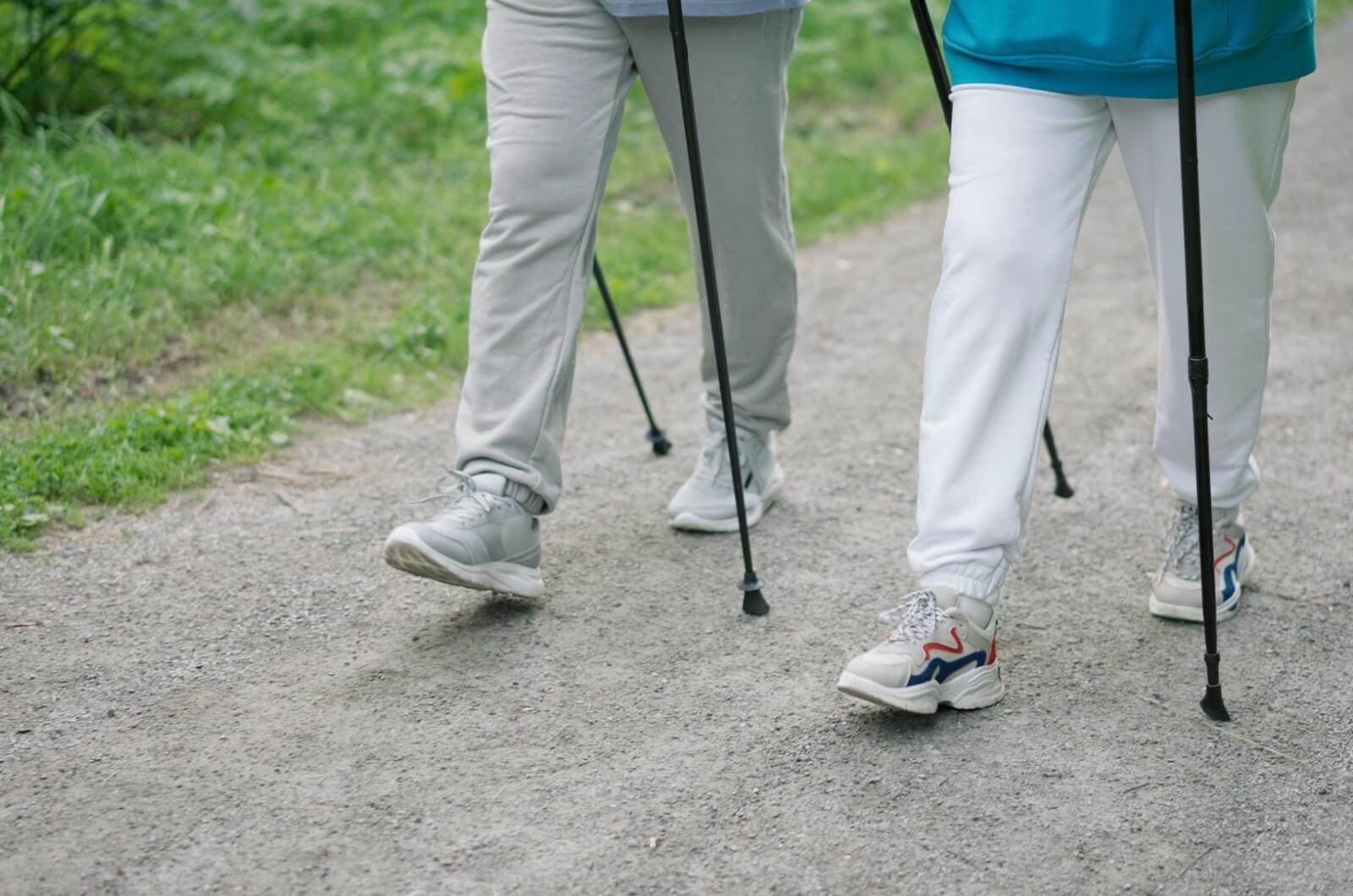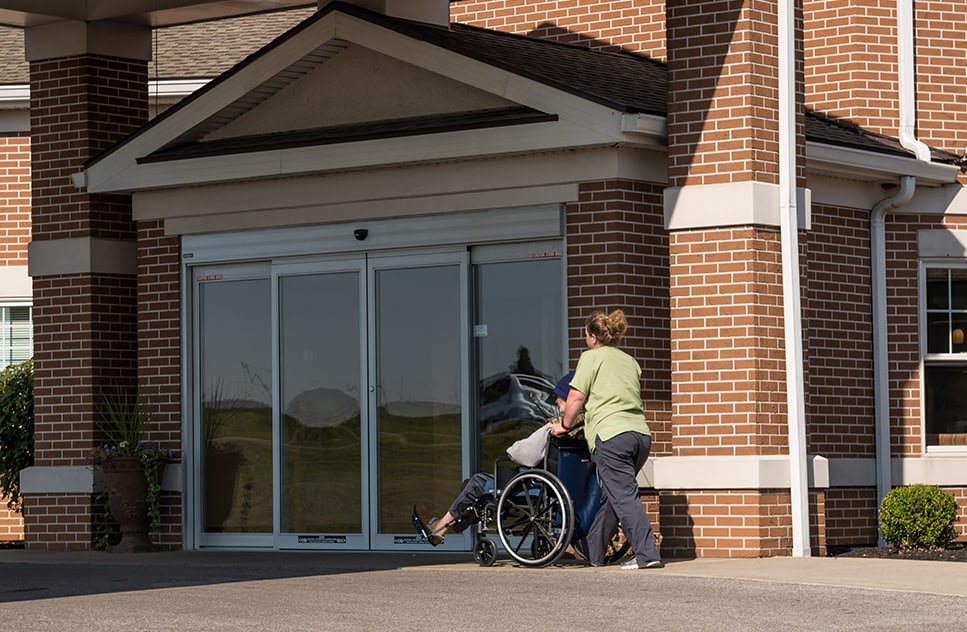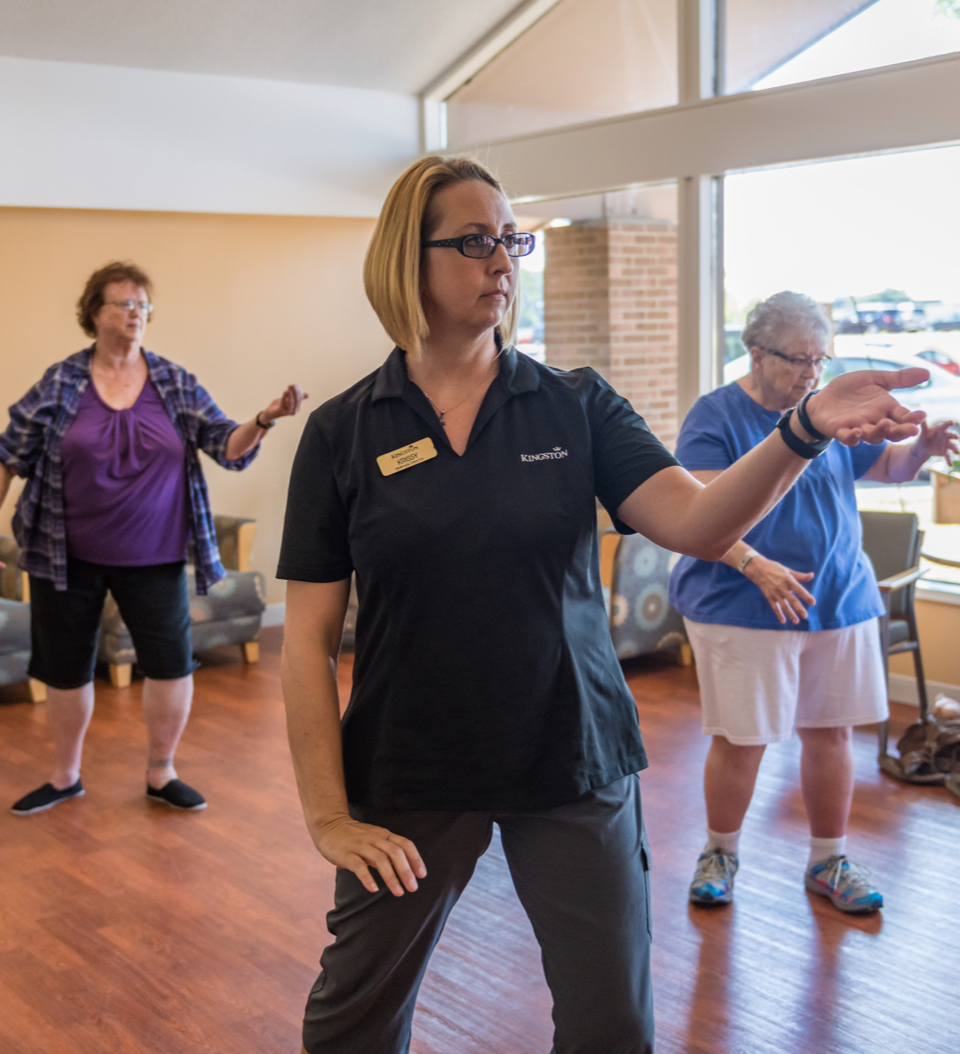Swollen ankles may seem like a small inconvenience. Still, for older adults, they can be a sign of something more significant. Whether it’s a sudden change or a persistent issue, swollen ankles in older adults deserve attention.
Swollen ankles in older adults can be from several causes, including:
- Poor circulation
- Heart or kidney issues
- Medications
- Ankle injury
- Blood clot
- Lifestyle factors
Understanding what causes swelling can make a huge difference in preventative care and prompt action. Having the support of a senior living community helps prioritize health and wellness so older adults can effectively manage health problems and continue to live fulfilling and independent lives.
Causes of Swollen Ankles in the Elderly
Swelling, or edema, occurs when excess fluid is trapped in the body’s tissues. Swelling in the ankles, legs, and feet is known as peripheral edema. Signs may appear as puffiness under the skin, shiny or stretched skin, and skin that holds a dimple after pressing for a few seconds. While this can happen for various reasons, it’s particularly common in older adults due to reduced mobility or several underlying health conditions.
Poor Circulation
With age, the circulatory system often becomes less efficient. Blood flow can slow down, leading to fluid pooling around the ankles. This is particularly common for older adults who sit for extended periods or have conditions like venous insufficiency, where veins struggle to return blood to the heart and become trapped in the tissues in the ankles.
Heart or Kidney Issues
Certain medical conditions that affect the heart or kidneys can also lead to swelling. For instance, heart failure can cause fluid buildup in the lower extremities because the heart isn’t pumping blood as effectively. Similarly, kidney disease can interfere with the body’s ability to regulate fluid levels and lead to a buildup in the ankles.
Medications
Some medications for managing chronic conditions have side effects that cause swelling. These can include:
- Steroids
- Hormone therapy
- Blood pressure medications
- Antidepressants
- Contraceptive pills
Caregivers should check with a healthcare professional about any medications that can cause this issue.
Injury to the Ankle
A sprained ankle can cause pain and limited mobility. The injured area may also become swollen, bruised, and tender to the touch. An injury can result from working out, a misstep when walking, or when playing sports that causes misalignment of the ligaments connecting the ankle to the foot.
Blood Clot
In some cases, swelling in the ankles could be due to a blood clot in the leg, also known as deep vein thrombosis (DVT). This condition can be life-threatening and requires prompt medical attention. Older adults who are at risk for blood clots should monitor their symptoms closely and seek medical help if they experience the following symptoms:
- Sudden or severe swelling or pain in their legs
- An area of warm skin on the leg
- Red or flushed skin behind and below the knee
- Color change in the leg
Lifestyle Factors
Simple lifestyle factors such as dehydration, a high sodium diet, or lack of physical activity may exacerbate swelling. You can often address these with small adjustments that make a big difference.
When to Seek Help
The following signs require immediate attention:
- Sudden or severe swelling: If the swelling comes on suddenly or has accompanying pain, redness, or shortness of breath, seek medical attention immediately.
- Persistent or worsening symptoms: Swelling that doesn’t improve with rest or becomes worse over time should be evaluated by a healthcare professional.
- Signs of infection: Warmth, redness, or a fever alongside swelling could indicate a more serious issue like an infection.
How to Address & Preventive Swollen Ankles

Here are some actionable tips for older adults and caregivers to address and prevent swollen ankles:
- Stay active: Gentle exercises, walking, or stretching can help improve circulation and reduce swelling. Even small movements while sitting, like flexing the feet, can make a difference.
- Elevate the feet: Encourage older adults to prop their feet up on a pillow or ottoman to counteract the effects of gravity and prevent fluid buildup.
- Supportive footwear: Well-fitted, comfortable shoes or compression socks can help reduce swelling by encouraging better blood circulation.
- Hydration and diet: Adequate water intake and minimizing salty or processed foods can help prevent fluid retention.
- Consult with healthcare professionals: Regular doctor visits can help monitor medications and manage risk factors for edema.
The Importance of Health Awareness
Swollen ankles can cause minor discomfort or signal underlying health issues that need attention. Staying proactive and informed can help older adults remain comfortable, mobile, and healthy.
If you or your loved one need additional support, consider a senior living community. With tailored care plans, skilled nursing, and rehabilitation programs, older adults can recover and improve their health and well-being while giving families peace of mind.
To learn more about how senior living can make a difference and how we can help your loved ones stay healthy, active, and supported, contact Kingston of Ashland.






